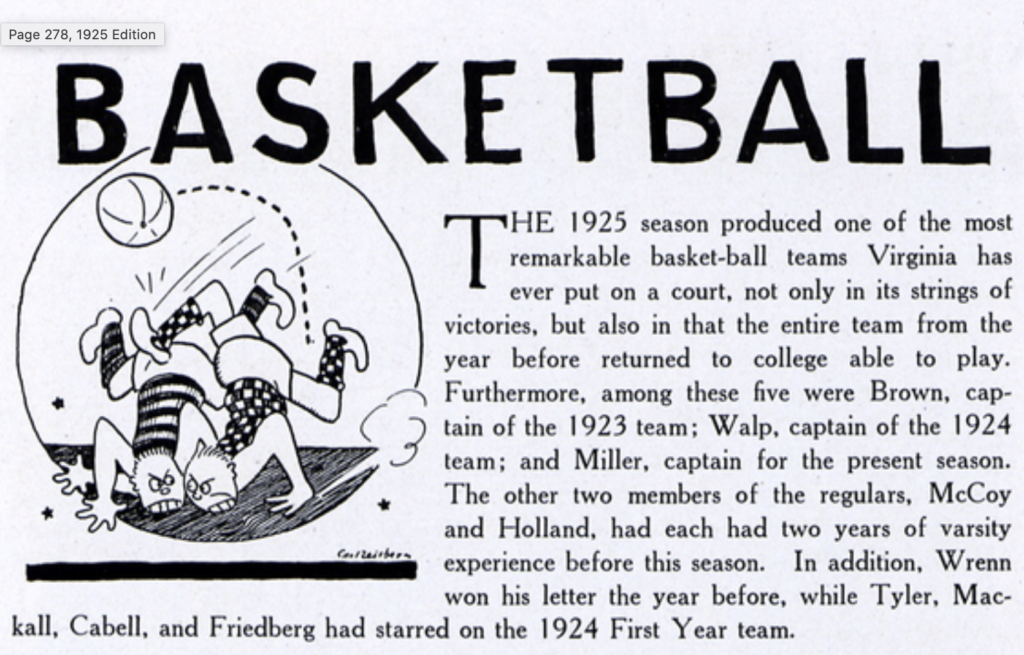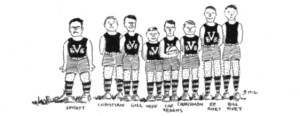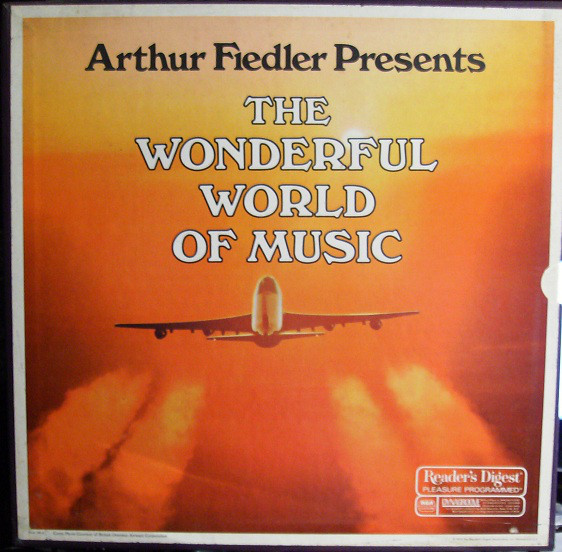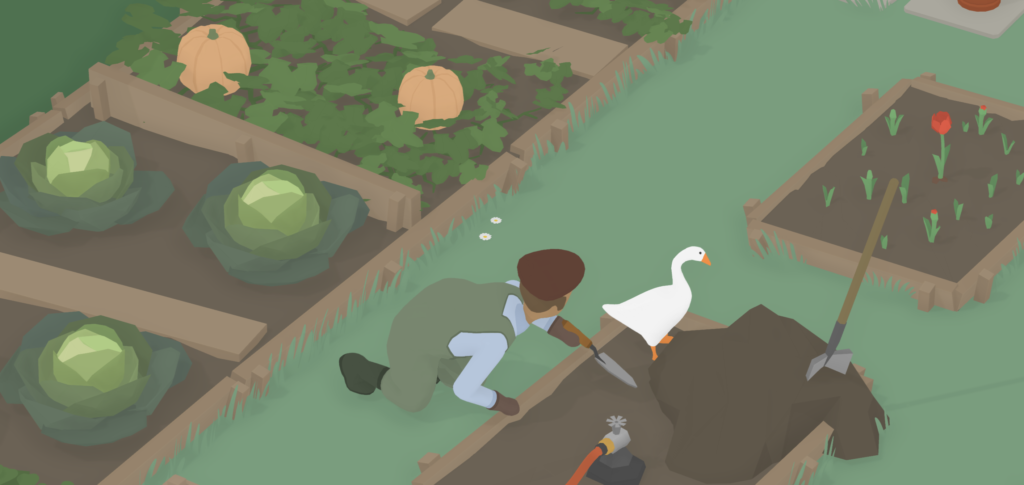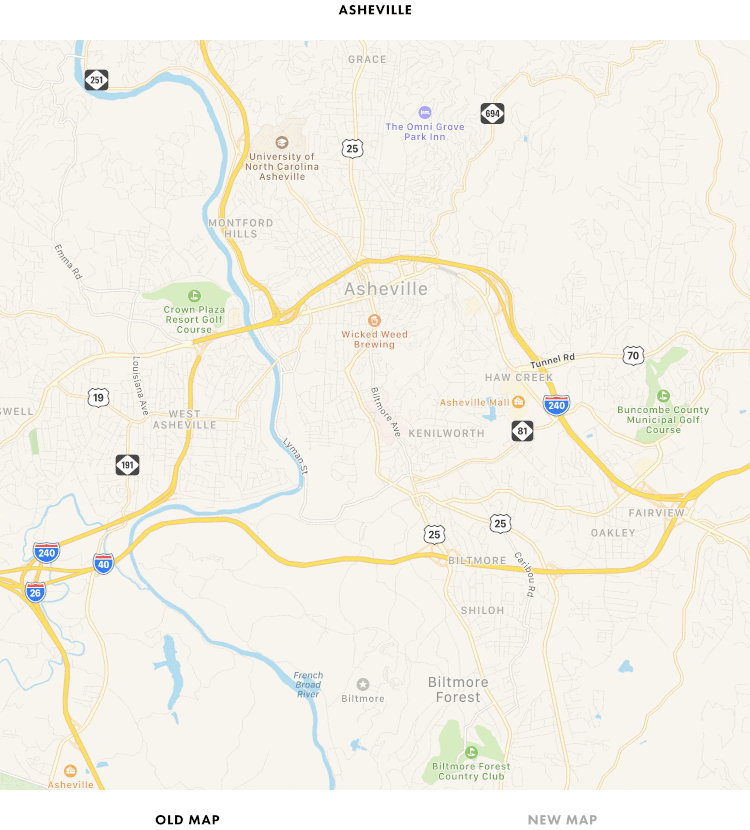
As I wrote last month, our twice-a-year Hackathon would have started yesterday, if not for the Current Unpleasantness, and this mix would have been on the “air” (or our virtual radio station) at 10am this morning. Following in the steps of previous volumes “The Low End Theory” and “The Mighty Hammond,” this is a jazz mix that focuses on the contribution of one instrument, the vibraphone.
For me, the vibes are the instrument that makes midcentury jazz cool—not in the sense of Joe Cool but in the elegant, restrained tone they bring in the hands of a master like Milt Jackson. It was therefore a surprise a few years ago to find their avant-garde side, first in the hands of Bobby Hutcherson (who plays on four tracks in this set), then my more recent discovery, Walt Dickerson. I had to cut the set for time, but there are some pretty significant modern vibes players out there too who are well worth checking out, including Joel Ross.
I hope you enjoy listening as much as I enjoyed putting it together, and remember, stay positive.
- Delilah (Take 3) – Milt Jackson And Wes Montgomery (Bags Meets Wes!)
- First Things First – Red Norvo (Hi Five)
- Wait Til You See Her – George Shearing Quintet (I Hear Music)
- Mars – Gil Melle (New Faces – New Sounds)
- Serves Me Right (Take 5) – Cannonball Adderley (Things Are Getting Better)
- Death and Taxes – Walt Dickerson (Spiritual Jazz 10: Prestige)
- Soul Sauce (Guachi Guaro) – Cal Tjader (Talkin’ Verve)
- Latona – Big John Patton (Let ’Em Roll)
- Jean De Fleur – Grant Green (Idle Moments)
- Searchin’ the Trane – Bobby Hutcherson (Spiritual Jazz Vol. 9 – Blue Notes, Part One)
- The Original Mr. Sonny Boy Williamson – Archie Shepp (On This Night)
- Visions – Sun Ra and Walt Dickerson (Visions)
Guide to the players:
- Milt Jackson (tracks 1 and 5) — most famous as the longtime vibes player of the Modern Jazz Quartet, he appears to have played with everyone in the classic post-bop era.
- Red Norvo (track 2) — 1950s bandleader, played with Frank Sinatra on a few tours
- Marjorie Hyams (track 3) — American jazz vibraphonist who played with everyone from Woody Herman to Mary Lou Williams to George Shearing
- Joe Manning (track 4) — not much is known. Recorded on Gil Mellé’s first Blue Note session.
- Walt Dickerson (track 6, 12) — jazz post-bop and avant-garde player noted for his collaborations with Andrew Hill and Sun Ra
- Cal Tjader (track 7) — probably the most famous non-Latino player of Latin jazz. Brought cool to soul jazz.
- Bobby Hutcherson (tracks 8-11) — bandleader who guested on many 1960s Blue Note and some Impulse sessions, including these featuring Joe Henderson, Grant Green, and Archie Shepp

